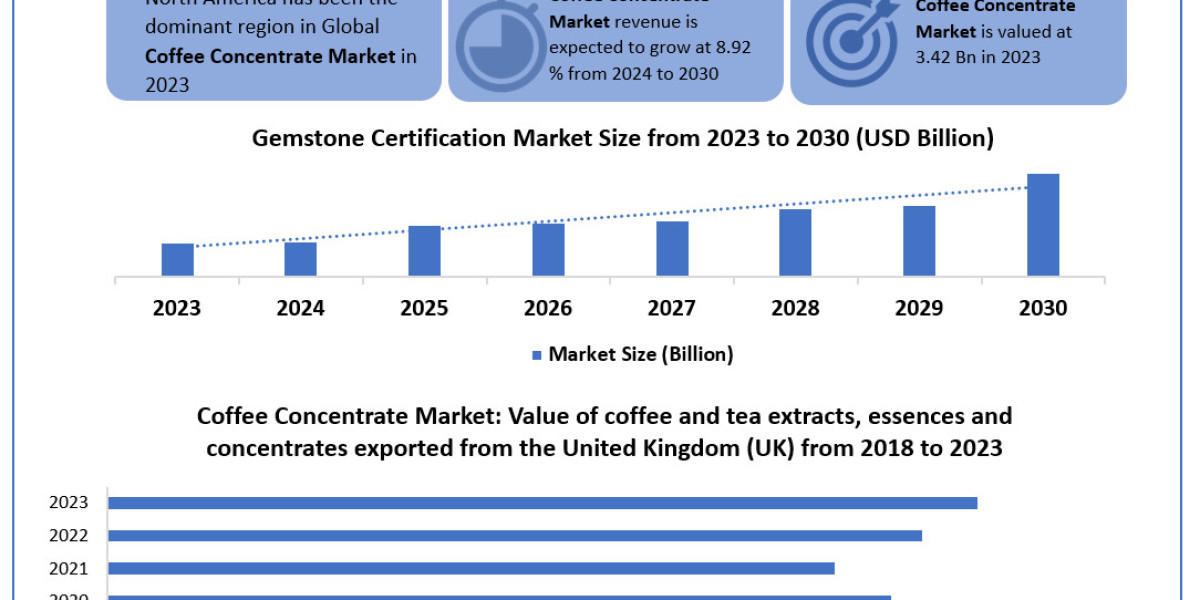Tung oil, derived from the seeds of the tung tree (Aleurites fordii), is a highly valued oil known for its drying properties, making it ideal for use in wood finishes, varnishes, paints, and coatings. It has a wide range of industrial applications, including in the automotive, construction, and furniture industries. The Tung Oil Production Cost is a critical factor for manufacturers, as it impacts pricing, profitability, and overall market competitiveness.
This article delves into an extensive Tung Oil Production Cost Report, covering key aspects such as cost models, pre-feasibility studies, industrial trends, labor charges, utilities, logistics, and supply chain management. We will explore how each of these elements contributes to the overall production cost and what manufacturers must consider to optimize production efficiency.
Request a Free Sample for Tung Oil Production Cost Reports – https://www.procurementresource.com/production-cost-report-store/tung-oil/request-sample
Tung Oil Production Cost Model
The Tung Oil Production Cost model consists of both fixed and variable components that need to be evaluated to understand the financial viability of producing tung oil. These components affect pricing strategies and profitability, so manufacturers need to have a clear understanding of them.
Fixed Costs
Fixed costs are those that remain constant irrespective of the volume of tung oil produced. These costs are largely associated with infrastructure, regulatory compliance, and equipment. Key fixed costs in Tung Oil production include:
Plant and Machinery: Establishing a production facility requires significant capital investment in land, buildings, and specialized machinery for extracting and refining tung oil from the seeds. This includes seed cleaning, pressing, and refining equipment.
Regulatory Compliance: Chemical manufacturing processes are subject to stringent environmental and safety regulations. Manufacturers must invest in ensuring their facilities comply with local and international standards, which can result in high fixed costs associated with certifications, inspections, and licenses.
Variable Costs
Variable costs are expenses that fluctuate depending on the volume of production. These costs are typically associated with raw materials, energy consumption, and consumables. In the case of Tung Oil Production, the major variable costs include:
Raw Materials: The primary raw material for Tung Oil production is the tung tree seeds. These seeds must be sourced from reliable suppliers, and the cost of raw materials can fluctuate based on factors such as seed availability, weather conditions, and global market prices.
Energy Costs: Tung Oil production involves energy-intensive processes like seed pressing, extraction, and refining. The energy consumption for each of these stages includes electricity, steam, and gas, making energy costs a significant variable cost in the overall production model.
Packaging: Once produced, Tung Oil must be packaged for transport and sale. The cost of packaging materials—such as containers, labels, and sealing—also falls under variable costs. The price of packaging materials can fluctuate based on global supply chain conditions.
Read the Full Report – https://www.procurementresource.com/production-cost-report-store/tung-oil
Semi-variable Costs
Semi-variable costs change with production volumes but are not directly tied to the output. These costs include:
Maintenance and Repairs: Equipment in a Tung Oil production facility needs regular maintenance to ensure smooth operations. While the frequency of maintenance may vary based on production intensity, it remains a semi-variable cost in the overall model.
Labor Costs: Labor is essential for operating, maintaining, and overseeing the entire production process. Labor costs include wages, overtime, and benefits, and they can fluctuate depending on shifts and hours worked. Highly skilled workers, including machine operators and quality control personnel, are needed in the production of Tung Oil.
Pre-feasibility in Tung Oil Production
Before scaling up production, manufacturers typically conduct pre-feasibility studies to assess the economic viability of the business. This helps to understand the costs and benefits involved, the potential for profitability, and the market opportunities for Tung Oil. A pre-feasibility report helps manufacturers make informed decisions regarding:
Market Demand: Understanding the global and regional demand for Tung Oil, particularly in industries such as wood finishing, automotive coatings, and industrial paints, is essential. High demand in these sectors can drive long-term profitability, making market assessment a crucial part of pre-feasibility.
Raw Material Availability: Securing a steady supply of tung tree seeds is key to ensuring consistent production. Pre-feasibility studies assess the availability of raw materials in the region and potential price fluctuations that could impact cost efficiency.
Regulatory Landscape: Understanding regulatory requirements related to production, packaging, and distribution is essential to avoid penalties and production delays. Compliance costs and standards are an important aspect of pre-feasibility.
Profitability Projections: The pre-feasibility report evaluates the potential return on investment (ROI) based on various cost factors, including fixed and variable costs. It also takes into account potential risks, such as market fluctuations, supply chain issues, or regulatory challenges.
Industrial Trends Impacting Tung Oil Production Cost
The Tung Oil Production industry has experienced significant trends over the years that have had an impact on its production cost. These trends include advancements in processing technologies, increased demand in specific sectors, and sustainability initiatives:
Sustainability and Green Manufacturing: There is growing demand for sustainable products, and Tung Oil is increasingly being seen as an eco-friendly alternative to petroleum-based oils and varnishes. Manufacturers focusing on sustainable sourcing and environmentally friendly production processes may benefit from reduced costs in the long run. However, these efforts may initially increase investment in renewable energy, waste reduction, and emissions control systems.
Technological Advancements: Technological improvements in the processing and extraction of Tung Oil have made production more efficient. The use of advanced cold pressing technologies and solvent extraction methods has enabled manufacturers to increase the yield from raw seeds, potentially lowering the overall cost per unit.
Global Supply Chain Challenges: Like many industries, Tung Oil production is susceptible to disruptions in the global supply chain, including transportation delays, raw material price fluctuations, and geopolitical issues. These challenges can significantly increase costs and affect pricing strategies.
Labor Charges in Tung Oil Production
Labor costs are a critical component of the Tung Oil Production Cost. Skilled labor is essential for the smooth functioning of the production process, from seed extraction to final packaging. The key labor-related expenses include:
Skilled Technicians and Engineers: The extraction and refining of Tung Oil require a certain level of technical expertise. Engineers and technicians ensure the proper functioning of pressing, filtration, and refining equipment. Labor charges for these skilled professionals are typically higher compared to unskilled workers.
Quality Control: Ensuring that the Tung Oil meets industry standards requires a quality control team. This team conducts tests for viscosity, purity, and drying time to ensure the oil is suitable for its intended applications. Quality control specialists add to the overall labor costs but are crucial for maintaining product integrity.
Ask an Analyst – https://www.procurementresource.com/production-cost-report-store/tung-oil/ask-an-analyst
Utilities and Logistics in Tung Oil Production
1. Utilities
The production of Tung Oil involves several energy-intensive processes, which require utilities like electricity, gas, steam, and water. These utilities are essential for heating, extraction, and refining processes. Efficient energy use and cost-effective utility management can help reduce overall production costs. Manufacturers can consider adopting energy-efficient technologies or renewable energy sources to cut down on utilities expenses.
2. Logistics
The logistics of Tung Oil Production includes the transportation of raw materials to the manufacturing plant and the distribution of the finished product to customers. This can involve a combination of local and international transportation, depending on where the raw materials are sourced and where the final product is sold.
Transportation costs can fluctuate based on fuel prices, supply chain disruptions, and regulatory requirements (such as hazardous materials handling). Effective logistics management helps keep these costs under control and ensures that the finished Tung Oil reaches customers in a timely manner.
Supply Chain Management in Tung Oil Production
The Tung Oil Supply Chain is a complex process that requires coordination between several stages:
Raw Material Sourcing: Securing a reliable supply of tung seeds is vital for consistent production. The price and availability of raw materials can fluctuate based on factors like weather, geopolitical events, and global demand for tung oil.
Manufacturing: The raw materials are processed into Tung Oil using a series of mechanical and chemical processes. These processes must be streamlined to optimize production efficiency.
Distribution: Finished Tung Oil must be delivered to a variety of industries, including those involved in coatings, paints, and pharmaceuticals. Efficient packaging, warehousing, and transportation logistics are crucial for keeping costs down.
Request Your Free Sample – https://www.procurementresource.com/production-cost-report-store/tung-oil/request-sample
Contact Us
Company Name: Procurement Resource
Contact Person: Amanda Williams
Email: sales@procurementresource.com
Toll-Free Numbers:
USA copyright: 1 307 363 1045
UK: 44 7537171117
Asia-Pacific (APAC): 91 1203185500
Address: 30 North Gould Street, Sheridan, WY 82801, USA








